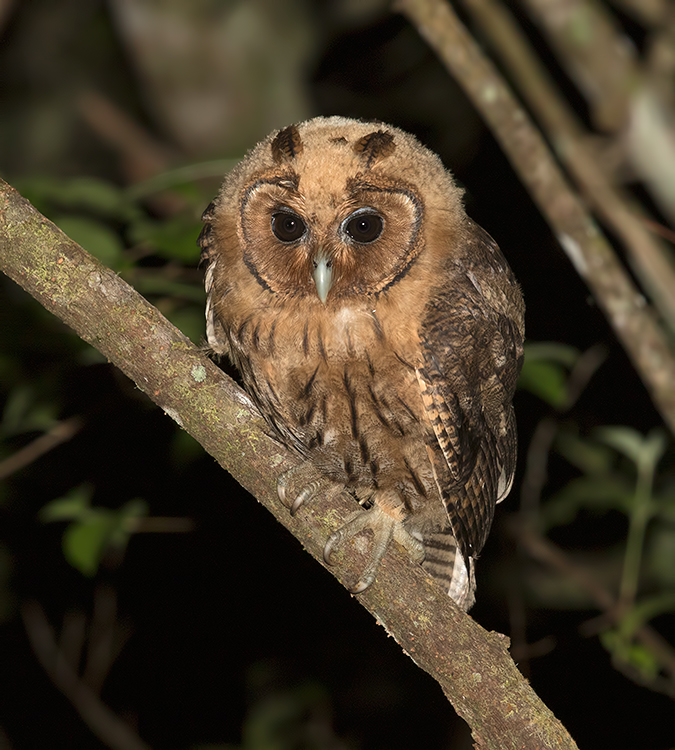Continuing our tour in Jamaica, we moved out of the coffee-plated highlands, and the Blue Mountains, and onto the lowlands of the north coast. We moved into Port Antonio in the parish of Portland. Ian Fleming was a fan of both Jamaica, and birds, so he "stole" his hero's name from a famous Caribbean ornithologist named "James Bond". The works of James Bond continued to "steal" from Jamaica, with a later film being titled after the name of a famous resort in Jamaica: Goldeneye (which is also, coincidentally a bird name too!)
Once we had reached the north coast our avian objectives were clear; we were missing only 3 of the 29 endemics on the island by this stage: Jamaican Crow (which, for a crow, seems remarkably picky; on an island lacking any other crow, it is confined to the north of the island); Black-billed Streamertail (which is separated from the Red-billed Streamertail by all of a two-minute bird flight across the Rio Grande River!); and Black-billed Parrot. On top of the endemic, we also had a rather graceful seabird to take sight of too, with White-tailed Tropicbirds known to breed along the north coast.
In the morning we took a drive out from Port Antonio; a city with a distinctly laid back Caribbean feel, feeling like a sleepy town, not a city as such, to the wonderfully named Happy Grove. However, on arriving at the site and seeing no large white shapes cruising the bay, we were anything but happy; where were the expected tropicbirds!? They were said to be better in the early mornings, and so here we were, but there were no signs of white birds in the bay. We split up and scanned a wider area, when suddenly they began to appear; first one White-tailed Tropicbird appeared, wraith-like, amd swept onto the cliff, where it tucked itself into a hole, a presumed nest spot. Scanning further produced up to 8 more birds, swirling around the bay, with several birds chasing each other, in an ancient, well-versed, courtship ritual. Relief was palpable. With that, and staggering views of these oceanic "ballet dancers" (they seem somehow more graceful and elegant than most other seafaring birds); we moved to one of Jamaica's most famous birding sites, the Ecclesdown Road.
Within twenty minutes of our arrival some emerald green shapes in the treetops were lined up in our scope, and a second of our targets was achieved, good looks at Black-billed Parrots. Later that morning several Jamaican Crows set off an alarm for us, when they passed overhead giving off their stranges, quite un-crow-like calls as they did so. However, try as we might, a male Black-billed Streamertail simply refused to show. They are said to be common and conspicuous at this site, which made us feel nothing short of blind. Only momentary glimpses of a couple of non-streamered females were all we were rewarded for our focused efforts. Enough was enough, desperate times called for desperate measures; we went to a local hotel with feeders! Within seconds of our arrival we had a male Black-billed Streamertail in our bins, buzzing around reception, while a Jamaican Mango fed in the well-trimmed garden alongside! The Full Monty of Jamaican Endemics had been achieved, and we were free to return to our James Bond books and relax!








-Streamertail-Silver-Gap-Chalet-Blue-Mountains-Jamaica-22-March-2015_S9A5146.jpg)

















































